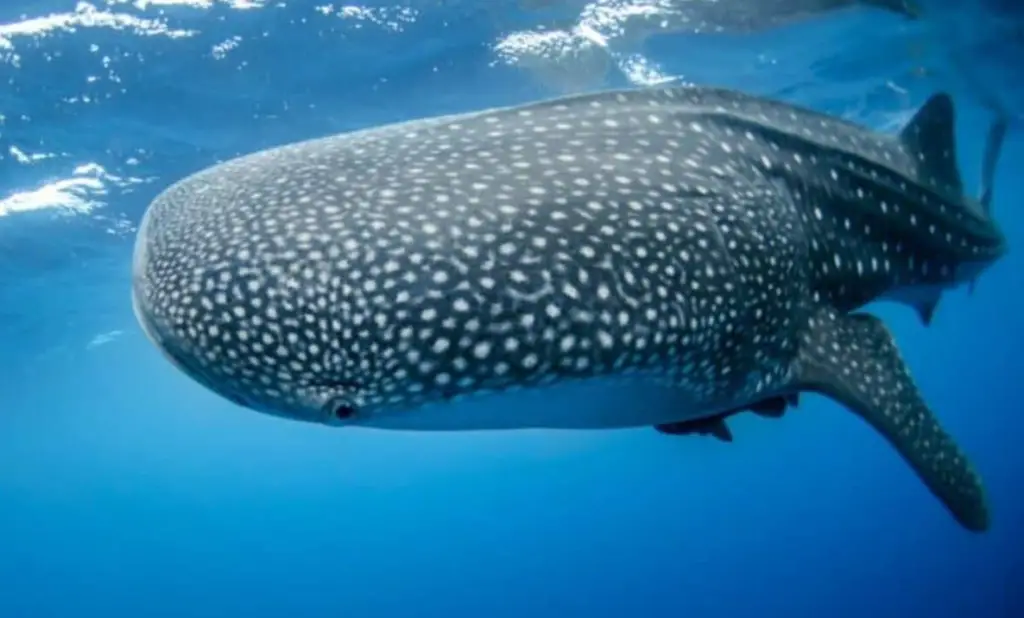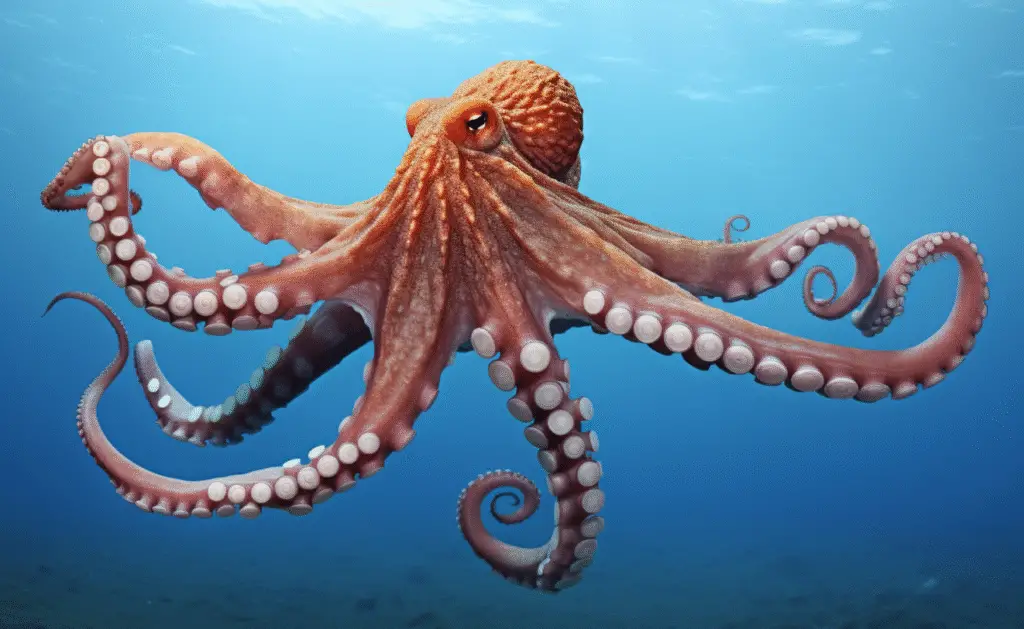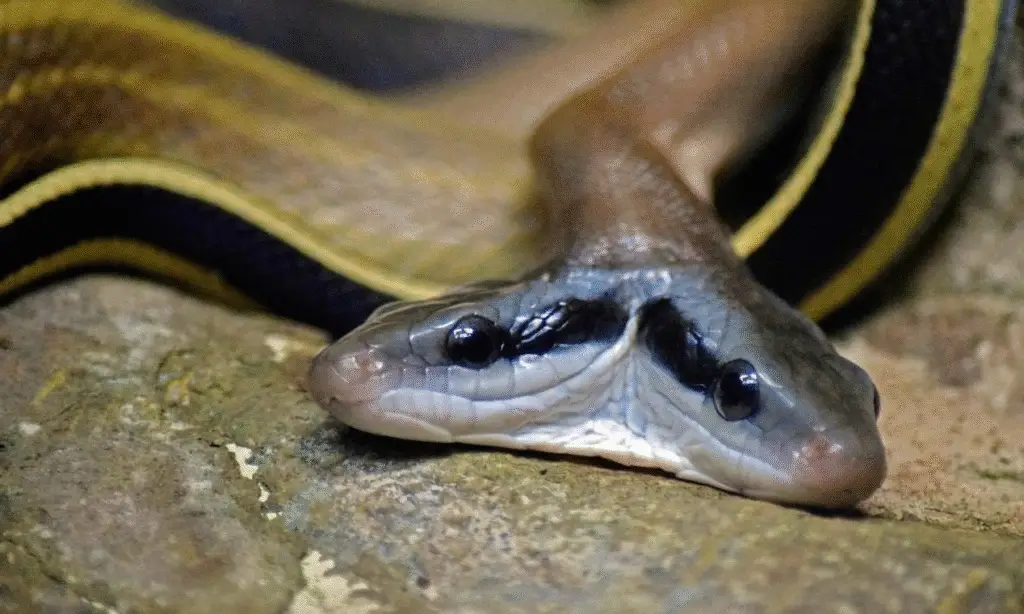The Majestic Leatherback: World’s Largest Sea Turtle Faces Extinction

Hey there, ocean lovers! Picture this: a turtle so massive it could dwarf a golf cart, cruising through the seas like a living submarine.
That’s the leatherback sea turtle (Dermochelys coriacea), the largest sea turtle on the planet.
These ancient mariners have been around since the days of the dinosaurs, but today, they’re fighting for survival.
Let’s dive into what makes these giants so special, where they roam, and why we need to act fast to save them.
A True Ocean Giant
Let’s start with the wow factor: size. Leatherbacks can grow up to 2.7 meters (nearly 9 feet) in length and weigh as much as 900 kilograms (about 2,000 pounds).
That’s heavier than most refrigerators! The largest recorded leatherback, found dead on a beach in Wales in 1988, measured 2.91 meters (9.5 feet) and tipped the scales at 961.1 kilograms (2,120 pounds) (Guinness World Records).
Unlike other sea turtles, leatherbacks don’t have a hard, bony shell.
Instead, their carapace is covered with oily, leathery skin, giving them a flexible, streamlined body perfect for deep dives.
These turtles are also speed demons—for reptiles, anyway.
They’re the fastest-moving non-avian reptiles, capable of hitting speeds up to 35.28 kilometers per hour (21.92 mph), though they usually cruise at a more leisurely 1.8 to 10.08 km/h.
Their flippers, which can span up to 2.7 meters, help them glide effortlessly through the water.
Where They Roam
Leatherbacks are the ultimate globetrotters.
They’re found in every major ocean, from tropical waters to the chilly Arctic Circle.
They’ve been spotted as far north as Alaska and Norway and as far south as Cape Agulhas in South Africa and southern New Zealand.
Unlike other sea turtles, they can handle colder waters thanks to their ability to regulate body temperature, which lets them chase jellyfish in places most turtles wouldn’t dare venture.
Their migrations are epic. Some leatherbacks travel over 10,000 miles a year between nesting beaches and feeding grounds.
For example, turtles nesting in Papua, Indonesia, might swim all the way to the U.S. West Coast to forage.
Key nesting sites include Mayumba National Park in Gabon, which hosts nearly 30,000 turtles annually, and beaches in Suriname, Guyana, and Trinidad and Tobago.
What’s on the Menu?
Leatherbacks are jellyfish fanatics.
Their diet consists almost entirely of jellyfish, which they catch with sharp, pointed jaws and backward-pointing spines in their throats that help hold onto slippery prey.
They’ll also snack on other soft-bodied creatures like tunicates, cephalopods, and even some algae or seagrasses.
This specialized diet makes them critical to ocean ecosystems, as they help control jellyfish populations.
But here’s the catch: leatherbacks often mistake plastic bags for jellyfish, and eating plastic can be deadly.
This is one of the many human-related threats they face, which brings us to the not-so-fun part of their story.
A Species in Peril
Despite their size and resilience, leatherbacks are in serious trouble.
The global population has declined by about 40% over the past three generations, with only 26,000 to 43,000 nesting females left worldwide, down from 115,000 in 1980.
The Pacific population is in even worse shape, with a 95% drop in nesting females over 30 years, leaving just 2,300 adult females.
In Malaysia, nesting has virtually disappeared, going from 10,000 nests in 1953 to one or two per year since 2003.
The threats are many. Bycatch in fishing gear, especially gillnets and longlines, is a major killer.
Coastal development destroys nesting beaches, and climate change affects their habitats.
Poaching of eggs and turtles still happens in some areas.
The International Union for Conservation of Nature (IUCN) lists leatherbacks as vulnerable, but the Pacific subpopulation is critically endangered.
Conservation Efforts in Action
Thankfully, people are fighting back to save these giants.
NOAA Fisheries and the U.S. Fish and Wildlife Service have recovery plans for leatherbacks in the U.S. Pacific and Caribbean, Atlantic, and Gulf of Mexico regions, focusing on reducing bycatch and protecting habitats.
In 2001, the Pacific Leatherback Conservation Area was established, banning drift-gillnet fishing in key foraging areas off California, Oregon, and Washington from August to November.
In California, the Fish and Game Commission designated Pacific leatherbacks as endangered under the state’s Endangered Species Act, a move celebrated by conservationists.
In Suriname, the Galibi Nature Reserve is a key nesting site being protected.
Organizations like The Leatherback Trust work with communities to protect nesting beaches and use satellite tagging to track turtles and reduce bycatch.
A bright spot came in 2023 when leatherback hatchlings emerged from a nest at Cape Hatteras National Seashore in North Carolina after a 16-year absence, thanks to protections under the Endangered Species Act.
It’s a reminder that conservation can work when we commit to it.
A Record-Breaking Turtle
One leatherback made headlines in 1988 when it washed ashore on Harlech beach in Wales.
This giant, estimated to be about 100 years old, measured 2.91 meters and weighed 914 kilograms (2,016 pounds).
It had drowned after getting tangled in fishing lines, a tragic reminder of the threats these turtles face.
The specimen is now on display at the National Museum Cardiff, where it continues to awe visitors.
Why It Matters to Me (and Should to You)
I’ll be honest: learning about leatherbacks makes me feel a mix of awe and urgency.
These creatures have been swimming our oceans for millions of years, outlasting dinosaurs, yet we’re at risk of losing them in our lifetime.
It’s kind of humbling, isn’t it? Their size, their migrations, their sheer resilience—it’s all a testament to the wonders of nature.
But it’s also a wake-up call. We’ve got to do better.
You can help by cutting down on single-use plastics—those straws and bags really add up.
If you’re near a coast, join a beach cleanup or support groups like The Leatherback Trust.
Even sharing their story can make a difference.
Imagine a world where our kids can still see these giants in the wild. That’s worth fighting for, right?
Key Facts About the Leatherback Sea Turtle
| Attribute | Details |
|---|---|
| Scientific Name | Dermochelys coriacea |
| Common Names | Lute turtle, leathery turtle, luth |
| Size | Up to 2.7 m (8 ft 10 in), weights up to 900 kg (2,000 lb) |
| Largest Recorded Specimen | 2.91 m (9.5 ft), 961.1 kg (2,120 lb), found in Wales, 1988 |
| Average Adult Size | 1–1.75 m (3.3–5.7 ft) carapace length, 250–700 kg (550–1,540 lb) |
| Shell | Leathery, flexible skin with seven ridges, no bony shell |
| Diet | Primarily jellyfish, also cnidarians, tunicates, cephalopods, algae |
| Speed | Up to 35.28 km/h (21.92 mph), typically 1.8–10.08 km/h (1.12–6.26 mph) |
| Diving Depth | Up to 1,280 m (4,200 ft), typical dives 3–8 minutes |
| Lifespan | Estimated up to 90.4 years, possibly over 100 years |
| Conservation Status | Vulnerable (IUCN), Endangered (ESA), Pacific population critically endangered |
| Global Nesting Population | 26,000–43,000 females annually, down from 115,000 in 1980 |
| Pacific Population | ~2,300 adult females, 95% decline in 30 years |
| Distribution | All tropical and subtropical oceans, Arctic Circle to southern New Zealand |
Let’s keep the conversation going and do our part to ensure these incredible creatures continue to grace our oceans.
After all, a world without leatherbacks would be a little less magical, don’t you think?
































